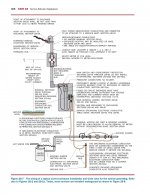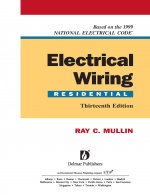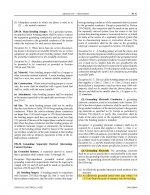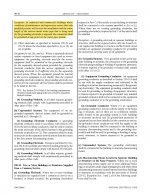The title of the section:
250.68 Grounding Electrode Conductor and Bonding Jumper Connection to Grounding Electrodes.
How does that make your point? I don't believe it does.
In all cases, the rules in 250.68(C) provide for the connection of the GEC to something that is not actually a grounding electrode.
Huh? The section title you quoted above says the exact opposite. "GEC ... Connection to Grounding Electrodes.
Nothing in 250.52(A)(1) contradicts anything I have said, as that section only applies to the portion of the pipe that is the actual electrode...that is the underground portion. The bonding in that section is for the locations where the meter is exterior to the building in the underground water pipe.
Nothing in 250.68 or 250.52(A)(1) or the article 100 definition of a Grounding Electrode supports your assertion that only the below-ground portion of the grounding electrode object counts as the grounding electrode. That seems to be the premise your relying on, and unless you've got a different section to cite, the code doesn't actually say that.
When I buy an 8ft ground rod it comes to me 8'-3" so I can drive it 8ft in the earth and still have 3" accessible (a requirement) for my GEC connection. Is my connection at the top 3" above ground to something other than the electrode? C'mon man. Hundreds of ground rods inspected by the same guys who made me run those water pipe GECs 3/4 of the way around the house, and none of them ever contended something like that.
Mind you, I don't think the common interpretation would necessarily be a bad rule. But the code doesn't actually say it.





